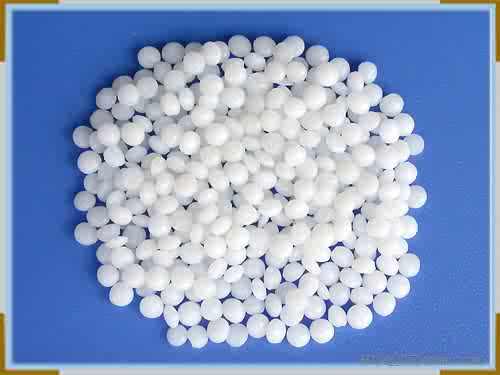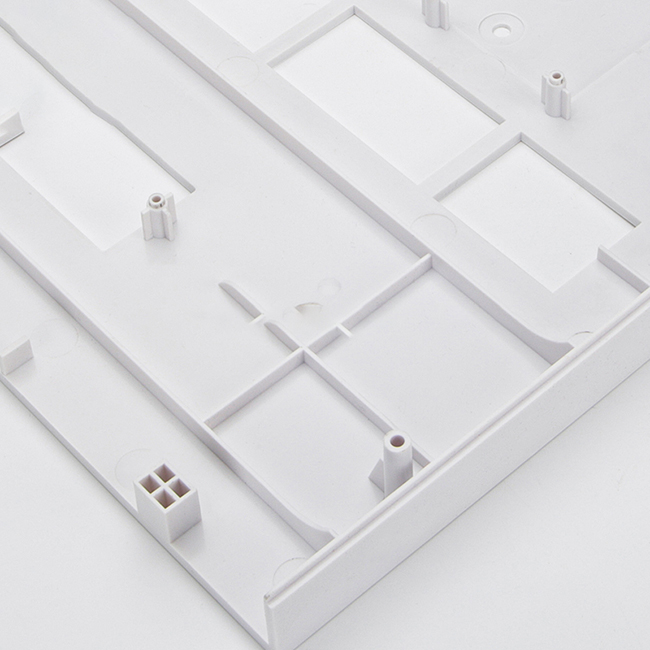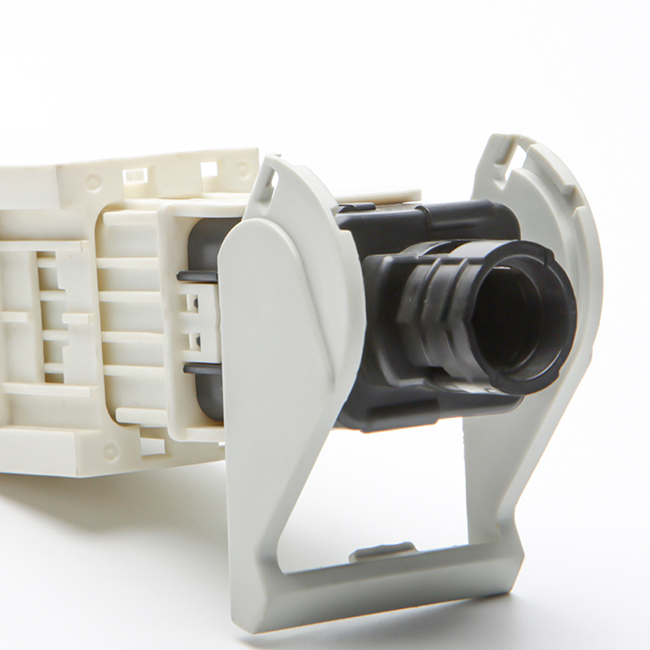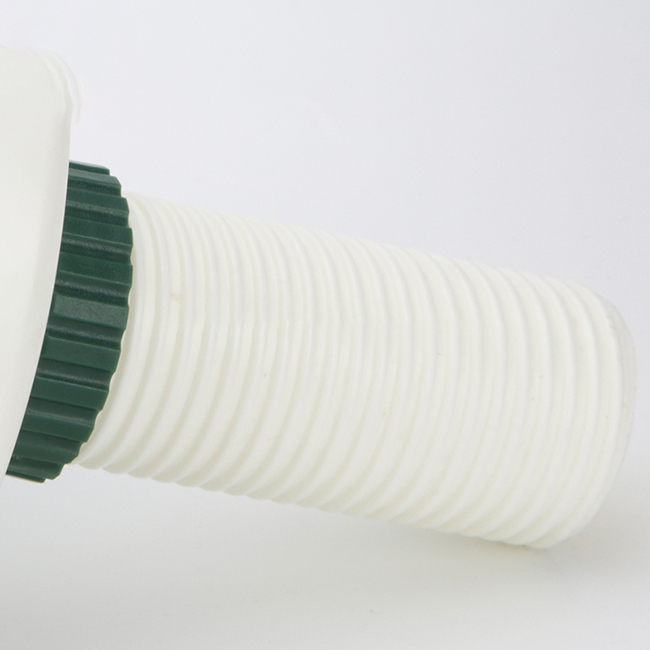Table of Contents
The Impact of Mold Plastic Injection Molding on Environmental Sustainability
Mold plastic injection molding is a widely used manufacturing process that has revolutionized the production of plastic products. This process involves injecting molten plastic material into a mold cavity, where it cools and solidifies to form the desired shape. While mold plastic injection molding has numerous benefits in terms of efficiency and cost-effectiveness, its impact on environmental sustainability is a topic of growing concern.
One of the primary environmental issues associated with mold plastic injection molding is the generation of plastic waste. The process often results in excess plastic material being produced, which can contribute to pollution and waste accumulation. Additionally, the disposal of plastic waste can have detrimental effects on ecosystems and wildlife, as plastics can take hundreds of years to decompose in the environment.

To address these environmental concerns, manufacturers are increasingly turning to sustainable practices in mold plastic injection molding. One such practice is the use of recycled plastic materials in the manufacturing process. By incorporating recycled plastics into the production of new products, manufacturers can reduce the amount of virgin plastic material used, thereby decreasing the overall environmental impact of the process.
Another sustainable practice in mold plastic injection molding is the implementation of energy-efficient technologies. By optimizing the energy consumption of the manufacturing process, manufacturers can reduce their carbon footprint and minimize their impact on the environment. This can be achieved through the use of energy-efficient machinery, as well as the implementation of energy-saving practices such as recycling heat generated during the molding process.
In addition to reducing waste and energy consumption, manufacturers can also improve the sustainability of mold plastic injection molding by implementing closed-loop systems. Closed-loop systems involve recycling and reusing excess plastic material within the manufacturing process, rather than disposing of it as waste. By closing the loop on plastic waste, manufacturers can minimize their environmental impact and create a more sustainable production process.
| Surface finish | Polishing Finish / Slik Print / Texture Finish / Rubber Painting / Glossy Finish / Painting / Slik-Screen / Pad Print / EMI Coating / Electronic Plating / Laser Marking / Etc. |
| Production Process | Orders-Raw Materials- Production-Quality Inspection -Packaging-Shipment |
| Technology | Foaming / Ordinary Injection / Structual Foam Molding / Over-Molding / Gas Assisted Injection Molding |
Furthermore, manufacturers can also explore alternative materials and processes that have less of an impact on the environment. For example, biodegradable plastics can be used in mold plastic injection molding to create products that are more environmentally friendly and sustainable. Additionally, innovative processes such as 3D printing and additive manufacturing can offer new opportunities for sustainable production practices in the plastics industry.
Overall, the impact of mold plastic injection molding on environmental sustainability is a complex issue that requires a multifaceted approach. By implementing sustainable practices such as using recycled materials, optimizing energy consumption, and exploring alternative materials and processes, manufacturers can reduce their environmental footprint and create a more sustainable future for the plastics industry. As consumer demand for sustainable products continues to grow, it is essential for manufacturers to prioritize environmental sustainability in mold plastic injection molding to ensure a greener and more sustainable future for all.
How to Prevent and Address Mold Issues in Plastic Injection Molding Processes
Plastic injection molding is a widely used manufacturing process that involves injecting molten plastic into a mold cavity to create a desired shape. While this process is efficient and cost-effective, it can also be prone to mold issues that can affect the quality of the final product. In this article, we will discuss how to prevent and address mold issues in plastic injection molding processes.
One of the most common mold issues in plastic injection molding is mold buildup. Mold buildup occurs when plastic material accumulates on the surface of the mold cavity, leading to defects in the final product. To prevent mold buildup, it is important to properly clean and maintain the mold cavity. Regular cleaning with a mold cleaner can help remove any residue and prevent mold buildup from occurring.
Another common mold issue in plastic injection molding is mold corrosion. Mold corrosion can occur when the mold cavity is exposed to corrosive materials or environments, leading to damage and defects in the final product. To prevent mold corrosion, it is important to use corrosion-resistant materials for the mold cavity and to properly maintain and protect the mold from corrosive elements.
In addition to mold buildup and corrosion, another common mold issue in plastic injection molding is mold warping. Mold warping occurs when the mold cavity is not properly cooled, leading to uneven cooling and warping of the final product. To prevent mold warping, it is important to ensure proper cooling of the mold cavity by using cooling channels and maintaining consistent cooling throughout the molding process.
One effective way to address mold issues in plastic injection molding processes is to conduct regular mold inspections. By inspecting the mold cavity regularly, manufacturers can identify and address any mold issues before they affect the quality of the final product. Inspections can help identify mold buildup, corrosion, warping, and other issues that may be affecting the mold cavity.
In addition to regular inspections, it is also important to properly maintain and clean the mold cavity to prevent mold issues from occurring. Proper maintenance and cleaning can help prevent mold buildup, corrosion, warping, and other issues that can affect the quality of the final product. By taking proactive steps to prevent mold issues, manufacturers can ensure that their plastic injection molding processes run smoothly and produce high-quality products.
Overall, mold issues can have a significant impact on the quality of plastic injection molding processes. By taking proactive steps to prevent and address mold issues, manufacturers can ensure that their processes run smoothly and produce high-quality products. Regular inspections, proper maintenance, and cleaning are key to preventing mold buildup, corrosion, warping, and other issues that can affect the mold cavity. By following these guidelines, manufacturers can improve the quality of their plastic injection molding processes and produce high-quality products.





